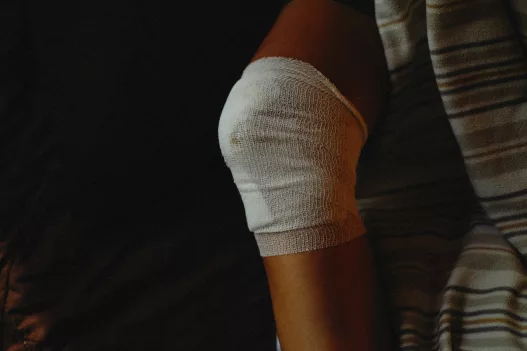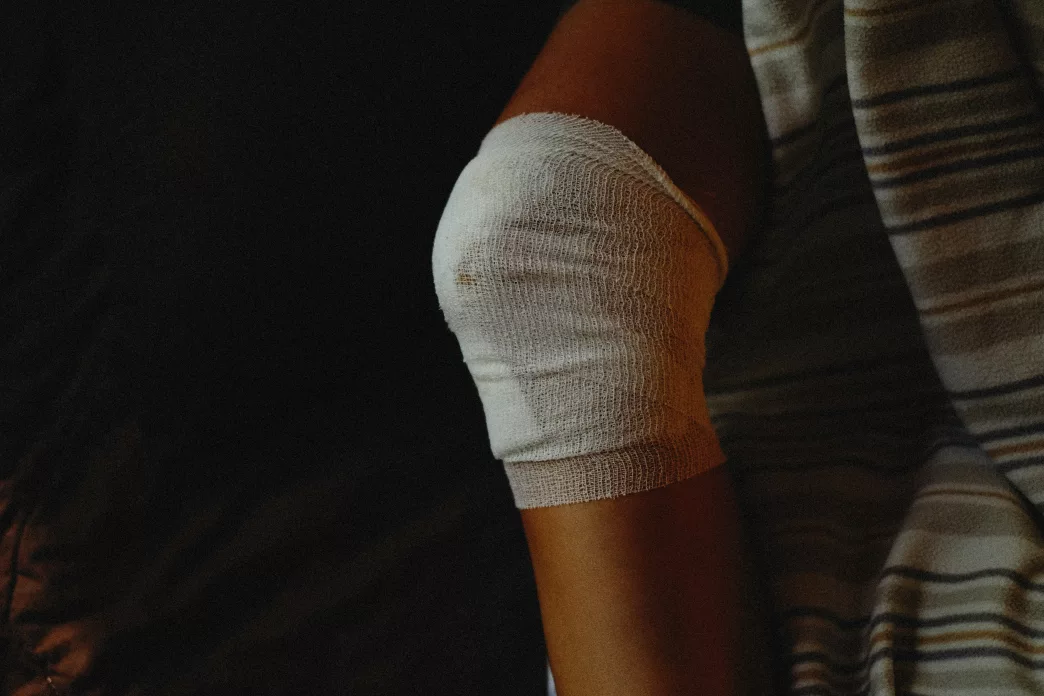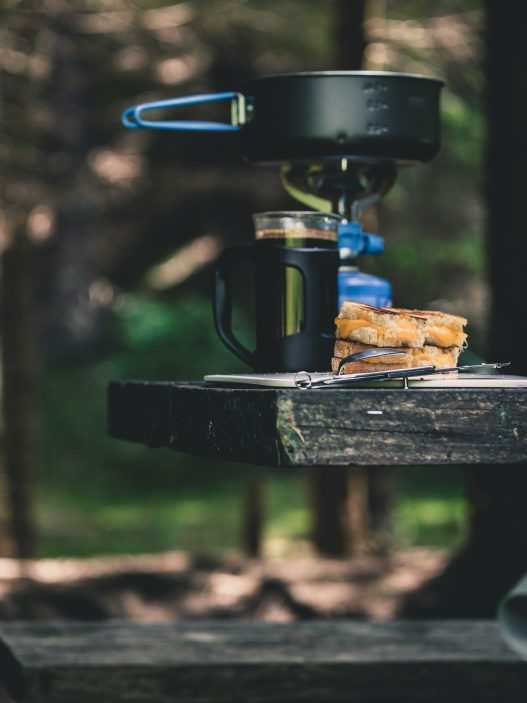Wilderness first aid is an essential skill for anyone venturing into the great outdoors. Accidents can happen in remote areas where access to professional medical care may be limited. Being prepared with the right knowledge and equipment can significantly improve outcomes in emergencies.
Understanding basic first aid techniques is crucial for managing injuries and illnesses that may arise during outdoor activities. This can include anything from treating minor cuts and scrapes to recognising the signs of a more serious condition like hypothermia. Knowing when and how to use specialised gear can make all the difference when every second counts.
An essential tip is to always carry a well-equipped first aid kit tailored to the wilderness environment. This kit should include supplies to handle common outdoor injuries and conditions. Familiarising oneself with these tools enhances confidence and preparedness, allowing outdoor enthusiasts to respond effectively in critical situations.
Understanding Wilderness First Aid
Wilderness First Aid focuses on the essential skills and knowledge required to respond effectively in remote settings. It is vital for outdoor enthusiasts to be prepared for common injuries and understand how to prioritise care during emergencies.
Key Principles and Priorities
Wilderness First Aid is governed by a few basic principles. The first priority is to ensure personal safety before aiding others. Next is to assess the situation quickly, determining the severity of injuries and needed interventions.
First aid responders should follow the ABCDE approach: Airway, Breathing, Circulation, Disability, and Exposure. This systematic assessment helps guide decision-making in emergency situations, ensuring that life-threatening conditions are addressed first.
Maintaining communication and managing resources, such as extra gear or food, can significantly bolster the efficacy of first aid efforts.
Common Wilderness Injuries
Several injuries commonly occur in wilderness settings. Sprains and fractures are prevalent due to uneven terrain, while cuts and scrapes often result from contact with sharp objects.
Additionally, insect bites, allergic reactions, and hypothermia pose significant risks. For instance, a severe allergic reaction from a bee sting can lead to anaphylaxis, requiring immediate intervention.
Understanding signs of dehydration and heat exhaustion is also crucial. Recognising symptoms early can prevent escalation and facilitate timely care.
Emergency Response Steps
In the event of an injury, the first step is to evaluate the environment. Ensuring a safe area to administer aid is crucial.
Next, responders should conduct a quick assessment of the injured person. This includes checking for responsiveness, breathing, and circulation. If needed, call for help and provide clear information to emergency services regarding the situation and location.
For minor injuries, clean and dress wounds, stabilise fractures, and monitor vital signs. For serious conditions, maintain comfort and reassure the injured person until help arrives.
Essential Gear and Supplies
Having the right gear and supplies is vital for effective wilderness first aid. This section outlines the essential items that should always be included in a first aid kit, as well as additional survival tools that can be beneficial in various situations.
First Aid Kit Essentials
A well-stocked first aid kit is crucial for treating injuries in the wilderness. Key items include:
- Adhesive bandages: For minor cuts and abrasions.
- Sterile gauze pads: Useful for larger wounds; they help absorb blood and protect the area.
- Medical tape: Secures gauze pads in place.
- Antiseptic wipes: Essential for cleaning wounds before bandaging.
- Tweezers: Helpful for removing splinters, ticks, or debris.
- Scissors: For cutting tape, gauze, or clothing when necessary.
It’s important to customise the kit based on personal needs and potential risks in the specific environment. Regularly check supplies to ensure everything is in good condition and replace expired items.
Additional Survival Tools
In addition to a first aid kit, several survival tools can enhance safety and readiness. Key items include:
- Emergency whistle: For signalling for help without straining vocal cords.
- Multi-tool: Combines various functions like cutting, screwing, and opening cans.
- Foil blanket: Provides warmth in emergencies and is lightweight for easy transport.
- Firestarter: For building a fire quickly in a survival situation.
- Headlamp: Essential for hands-free illumination during emergencies or night-time navigation.
These tools equip individuals to address unexpected injuries and situations efficiently, ensuring better safety during outdoor adventures.









